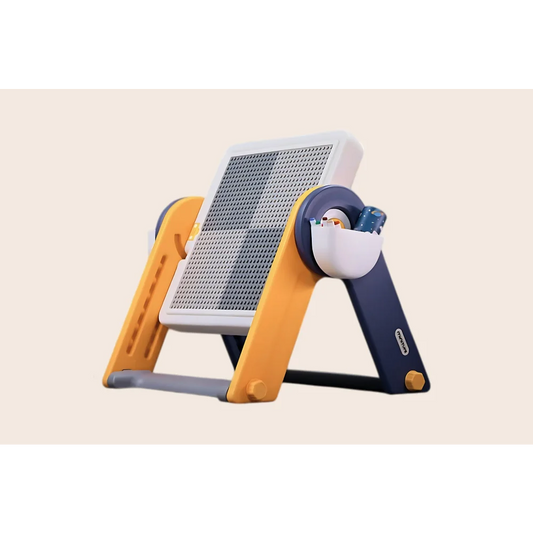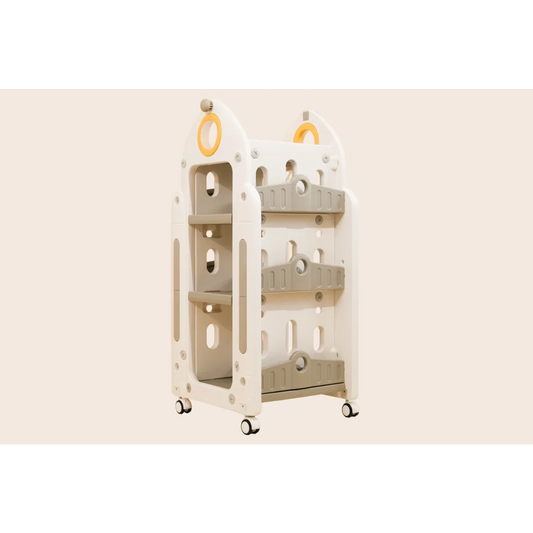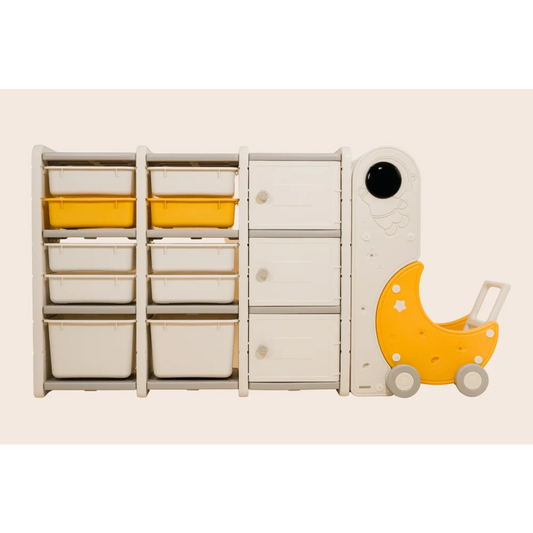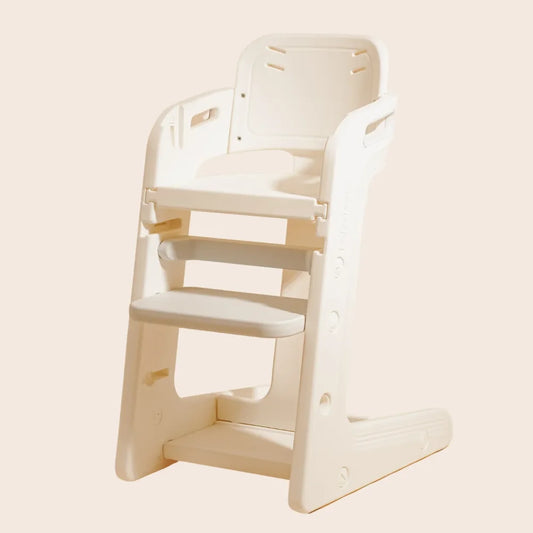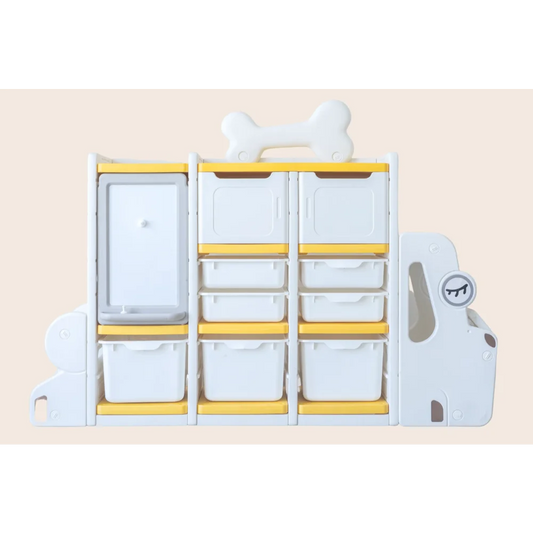

Why Won’t My Child Play Alone?
Why Won’t My Child Play Alone?
Author: Sanaa Syed
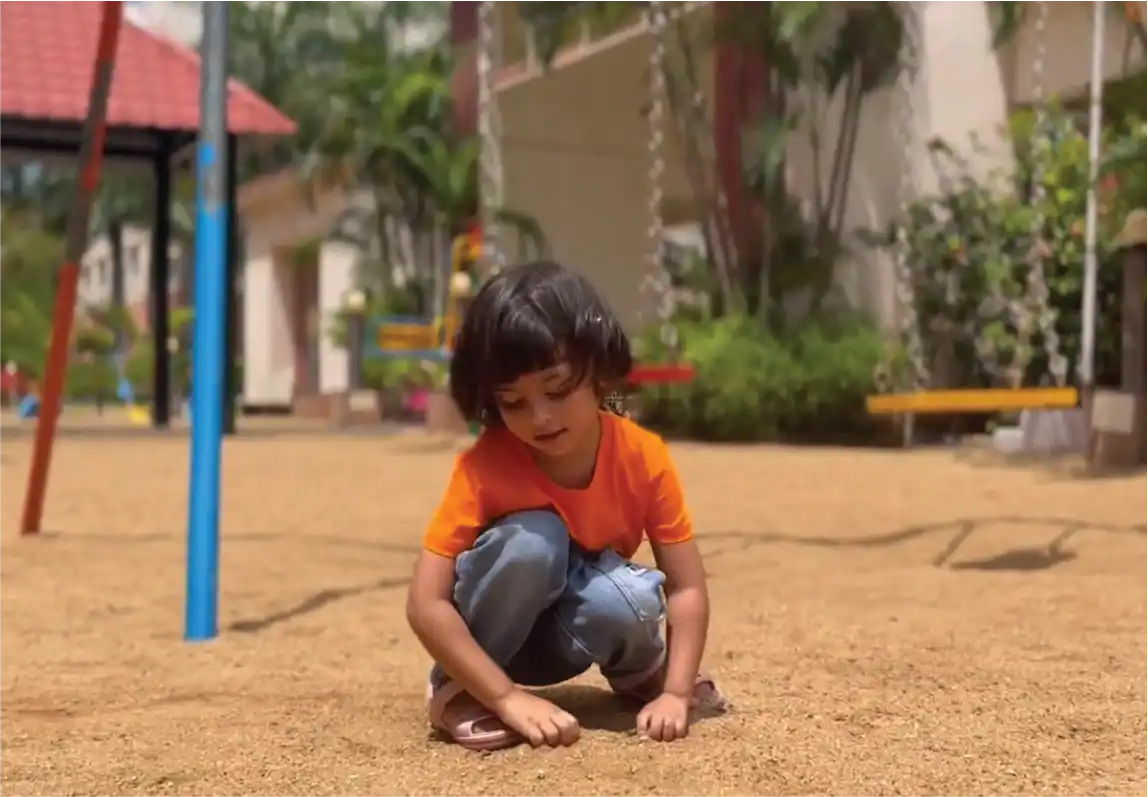
If you’ve ever found yourself trying to sneak away for five minutes of peace only to hear, “Mom! Dad! Play with me!”, you’re not alone. As parents, especially working ones, we often dream of our little ones engaging in independent play while we catch up on work, sip a warm coffee, or simply breathe. But if your child struggles to play solo, don’t worry, it’s completely normal.
Some children naturally prefer company over solitude, while others haven’t yet developed the confidence or skills to play on their own. The good news? Independent play can be nurtured, and with a few simple tweaks, you can encourage it in a way that feels natural for your child (and saves your sanity too!).
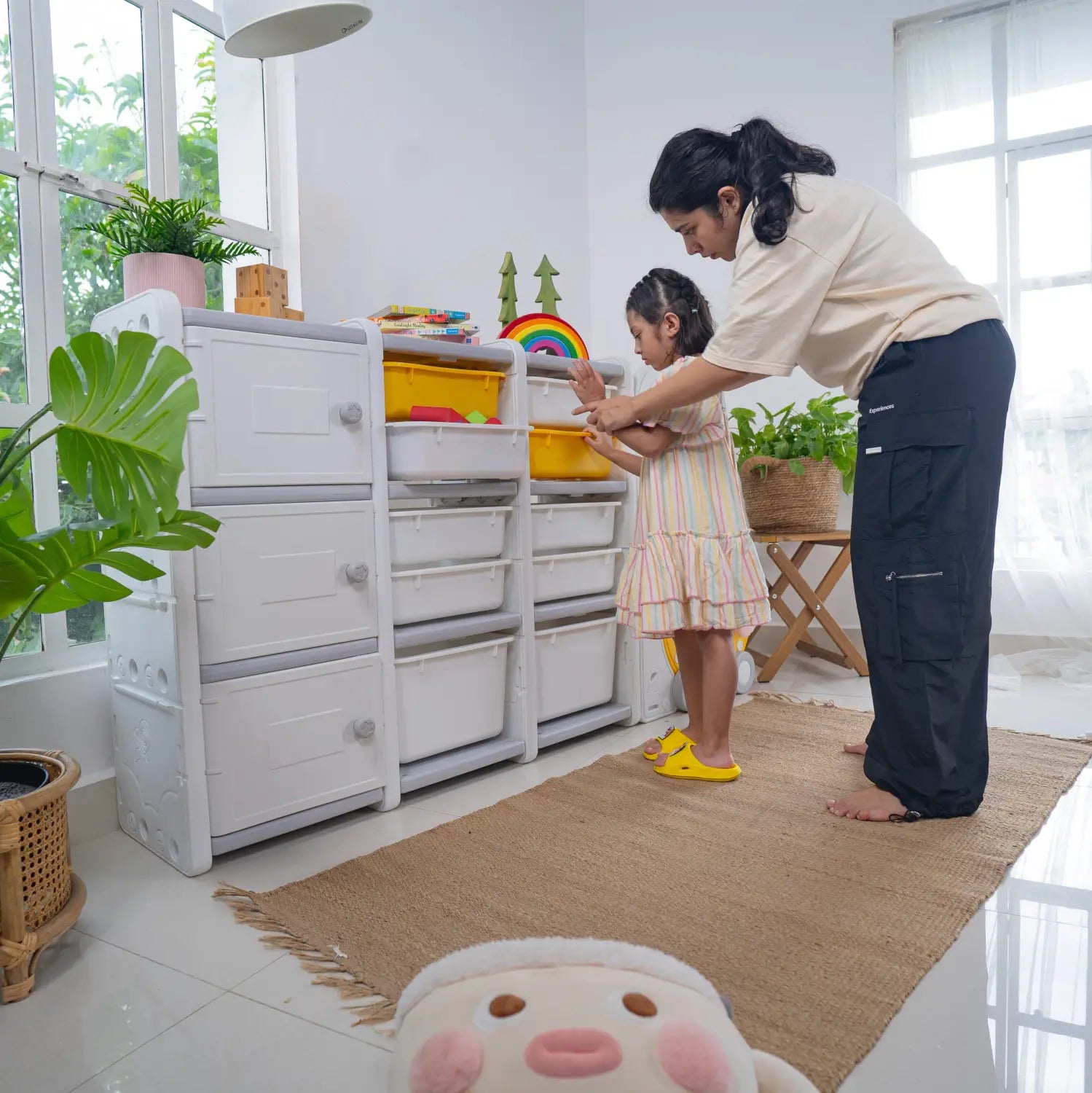
Why Isn’t My Child Playing Independently?
Spoiler: They Haven’t Learned How Yet!
Think about it, walking, talking, using a spoon; these are all skills we guide our children through. Independent play is no different. If your child has always had a playmate (you, a sibling, or even screens), playing alone might feel unfamiliar or even intimidating. The key is to start small: a few minutes of solo play while you’re nearby can gradually grow into longer, more confident sessions.
"Playing alone might feel unfamiliar or even intimidating."
It is thus important to be patient!
Their Play Space Isn’t Inviting
A chaotic or overstimulating space can make solo play overwhelming. Kids thrive in environments that are designed with their needs in mind- cozy, organized, and filled with inviting play options. Creating a dedicated play area with accessible toys, comfy nooks, and open-ended materials can work wonders.
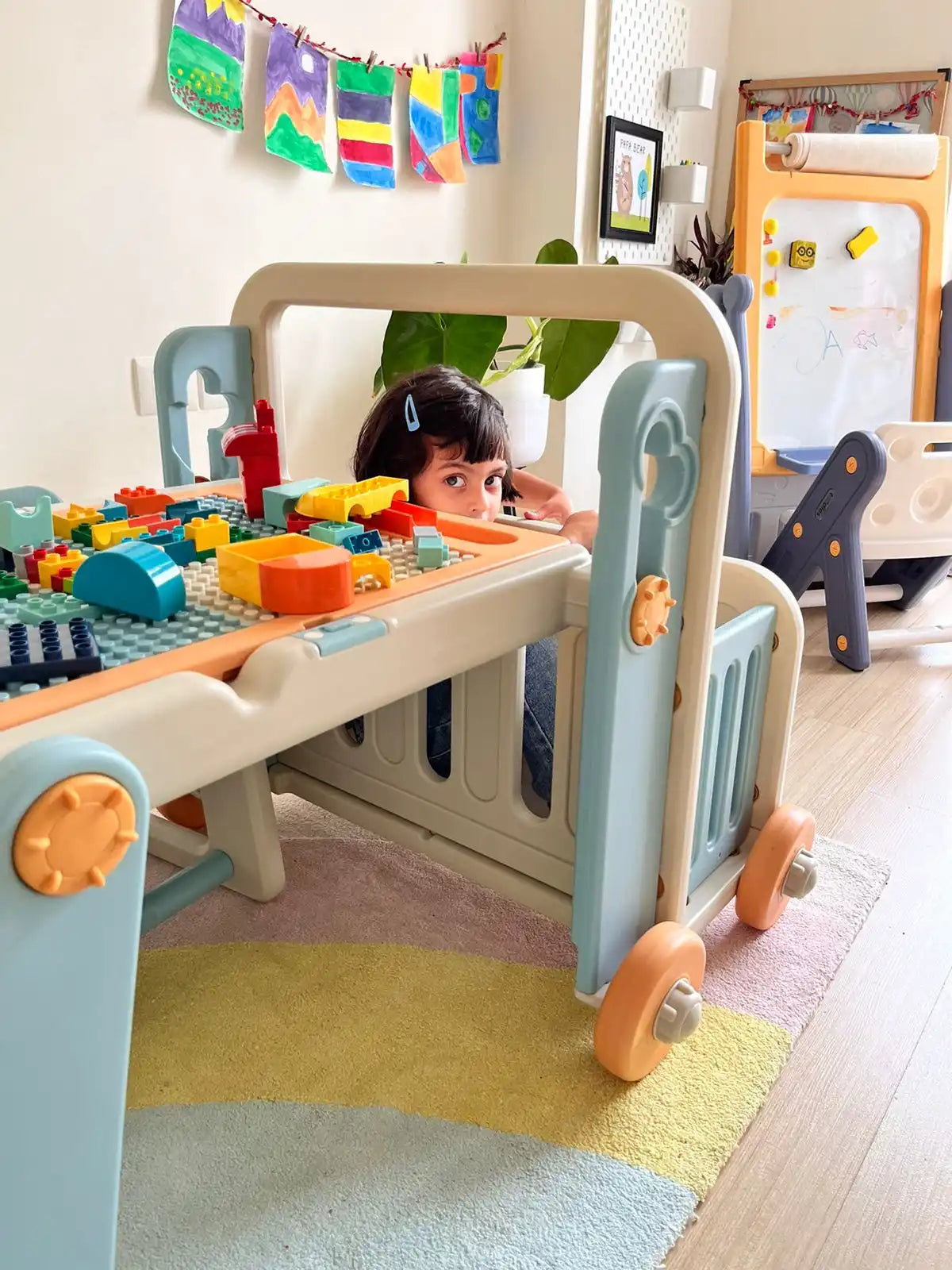
They Don’t Know What to Play With
Sometimes, kids want to play alone but don’t know where to start. Open-ended toys, like blocks, sensory bins, or play furniture that grows with them help spark creativity. When they’re not restricted by rigid rules, they’re more likely to immerse themselves in their own little world.
How to Gently Encourage Independent Play
Building up independent play doesn’t mean leaving your child to fend for themselves. It’s about equipping them with the right tools, environment, and encouragement to explore on their own terms.
Set Up a Play-Friendly Space: A well-thought-out space, like our 7-in-1 FlexDesk, offers a dedicated area where kids can color, build, and explore all while developing the confidence to play solo.

Incorporate Movement-Based Play: Some kids need active play before settling into focused activities. Our Multipikler lets them climb, balance, and move safely, building both independence and physical confidence.
Start With Together, Then Step Back: Instead of abruptly stepping away, ease into it. Play alongside them for a few minutes, then gradually pull back. Say something like, “I love how you’re building that tower! I’ll be right back while you finish.”
A Gentle Reminder for Parents
Independent play isn’t a milestone to rush, it’s a journey. Some days, your child will happily get lost in their own world, while other days, they’ll want you right by their side. And that’s okay. The goal is progress, not perfection.
With patience, a thoughtfully designed play space, and a few simple strategies, you’ll soon notice your little one discovering the joy of playing on their own. And when that moment comes, enjoy it, whether that means finishing a task, drinking your coffee while it’s still hot, or simply watching them grow into their independent little selves.
